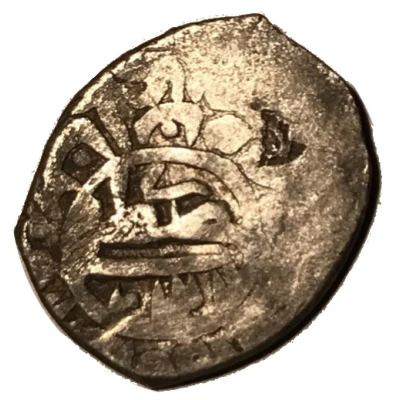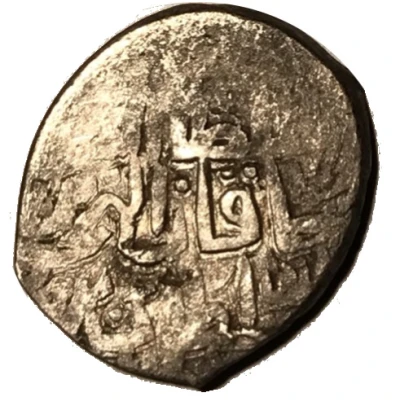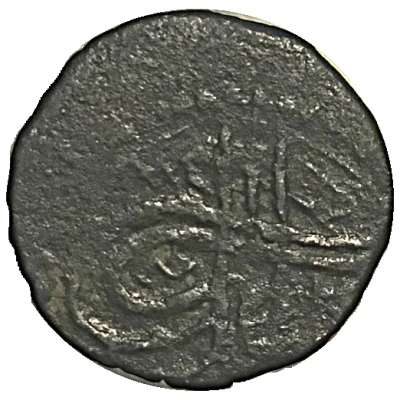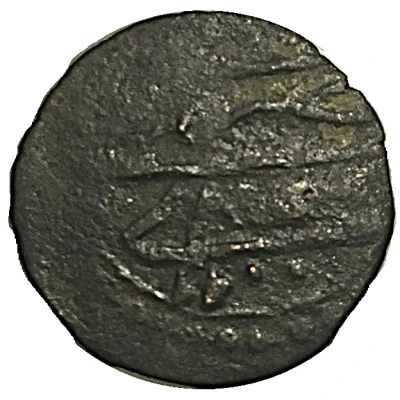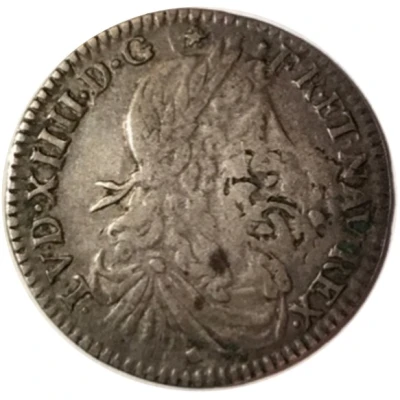
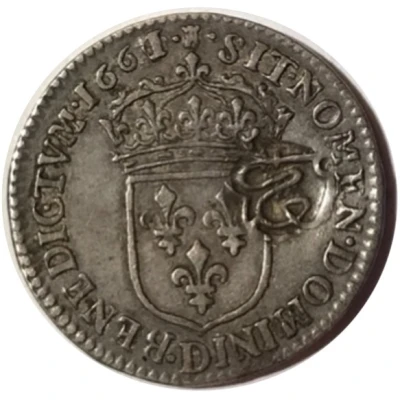

Countermarked 1⁄12 écu - Louis XIV timmin coinage under Mehmed IV
1080 (1670) year| Silver (.917) | 2.28 g | 20 mm |
| Issuer | Ottoman Empire |
|---|---|
| Sultan | Mehmed IV the Hunter (1648-1687) |
| Year | 1080 (1670) |
| Calendar | Islamic (Hijri) |
| Value | 1 Timmin |
| Currency | Akçe (1327-1687) |
| Composition | Silver (.917) |
| Weight | 2.28 g |
| Diameter | 20 mm |
| Shape | Round |
| Orientation | Coin alignment ↑↓ |
| Demonetized | Yes |
| Updated | 2024-10-07 |
| Numista | N#296927 |
|---|---|
| Rarity index | 94% |
Reverse
Crowned royal arms of France with text going around. Ottoman countermark visible.
Lettering:
SIT•NOMEN•DOMINI•[mint letter]•BENEDICTVM•1661 [mint mark]
نقد صحيح
Translation:
Blessed be the name of the Lord. 1661.
Genuine money.
Comment
In the middle of the seventeenth century, the Ottoman Empire faced a significant crisis in silver coinage, particularly of the low and mid-level values. By the reign of Mehmed IV (1648-1687) the little akçe was barely being produced, and people had lost confidence in Ottoman silver coinage due to debasements. Useful coins like the beşlik (5 akçes) were not minted in sufficient quantity to make a difference. Ottoman merchants and other consumers turned to foreign specie to make up the silver shortfall. Big trade coins like the Dutch lion dollar or the Spanish piece of eight were useful for larger transactions, but something was needed for smaller change.French merchants were very influential in the Ottoman realms by this point, and they began importing a new coin, the 1/12 écu, from the 1640s. This proved such a popular coin that by the late 1650s it was one of the most important pieces of currency in the Ottoman realms. It was valued locally at 1/8 of a Spanish piece of eight, and so became known as a timmin, a corruption of the Arabic ثمن meaning 'an eighth'. In France they were worth less, at 1/12 of a Spanish piece of eight, meaning they had a higher purchasing power in the Ottoman Empire enabling higher profit for French merchants. As a result, they were imported in huge quantities into the Ottoman Empire.
However, popularity invited fraud, and soon French and other merchants sought to profit from this new trade in currency. Smaller principalities with mints were persuaded by merchants to mint debased versions of the timmin to the profit of both. In France, the Principality of Dombes was a particular centre for producing debased timmins, as were a number of Italian cities like Fosdinovo. By the 1660s, the Ottoman market was flooded with debased timmin, causing even more problems in an already fragile economy.
Finally, the Ottoman government decided to intervene, banning the further import of of coins and seeking to remove the debased coinage from circulation. As part of this process, genuine timmins were allowed to remain in circulation as Ottoman coinage, and to show they contained the proper silver purity they were stamped in commercial centres like Izmir with an official government countermark, 'نقد صحيح', 'genuine currency'. Sometimes the number ٨٠, 80 was stamped too to denote the Islamic year 1080 (1699).
